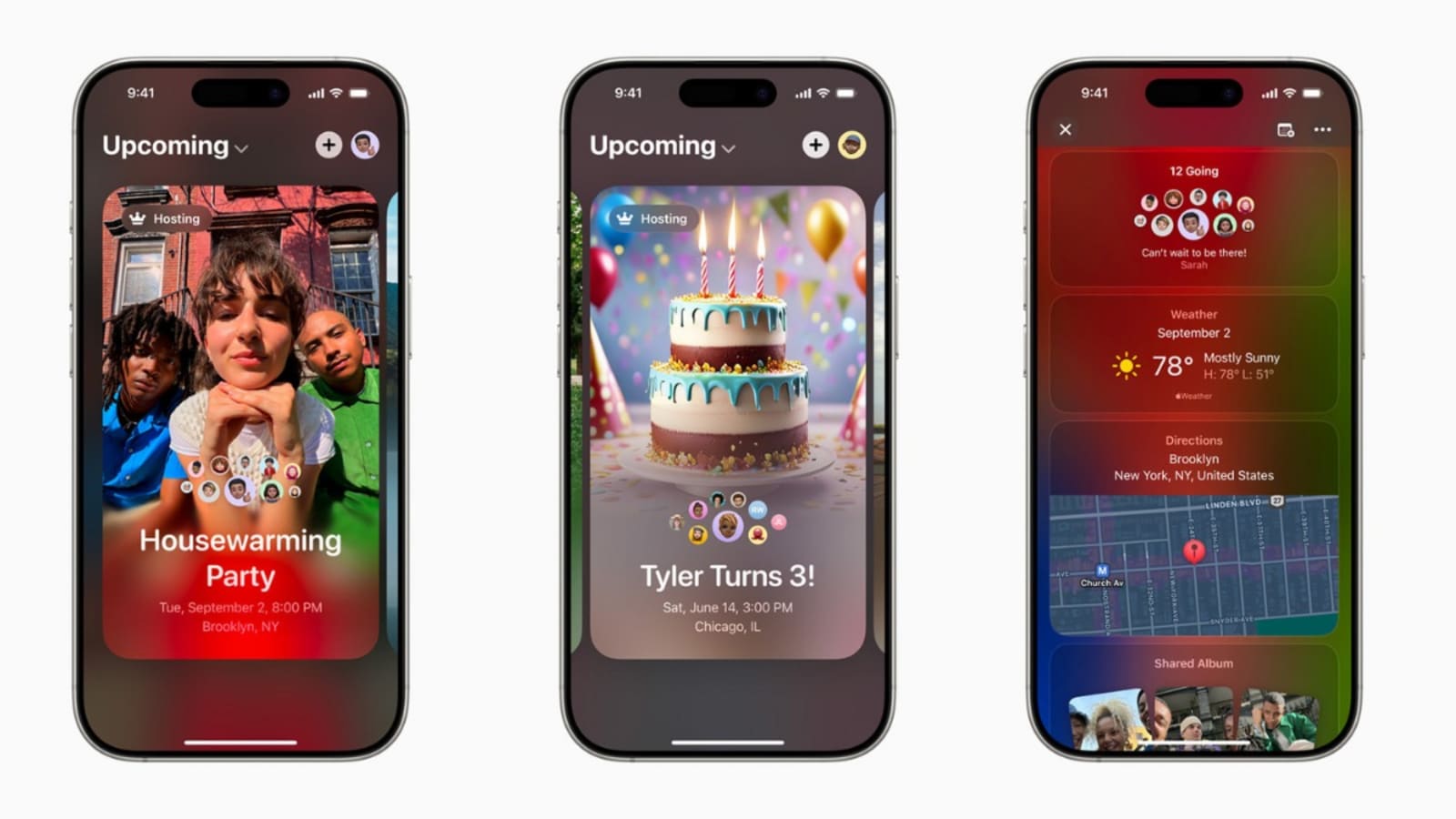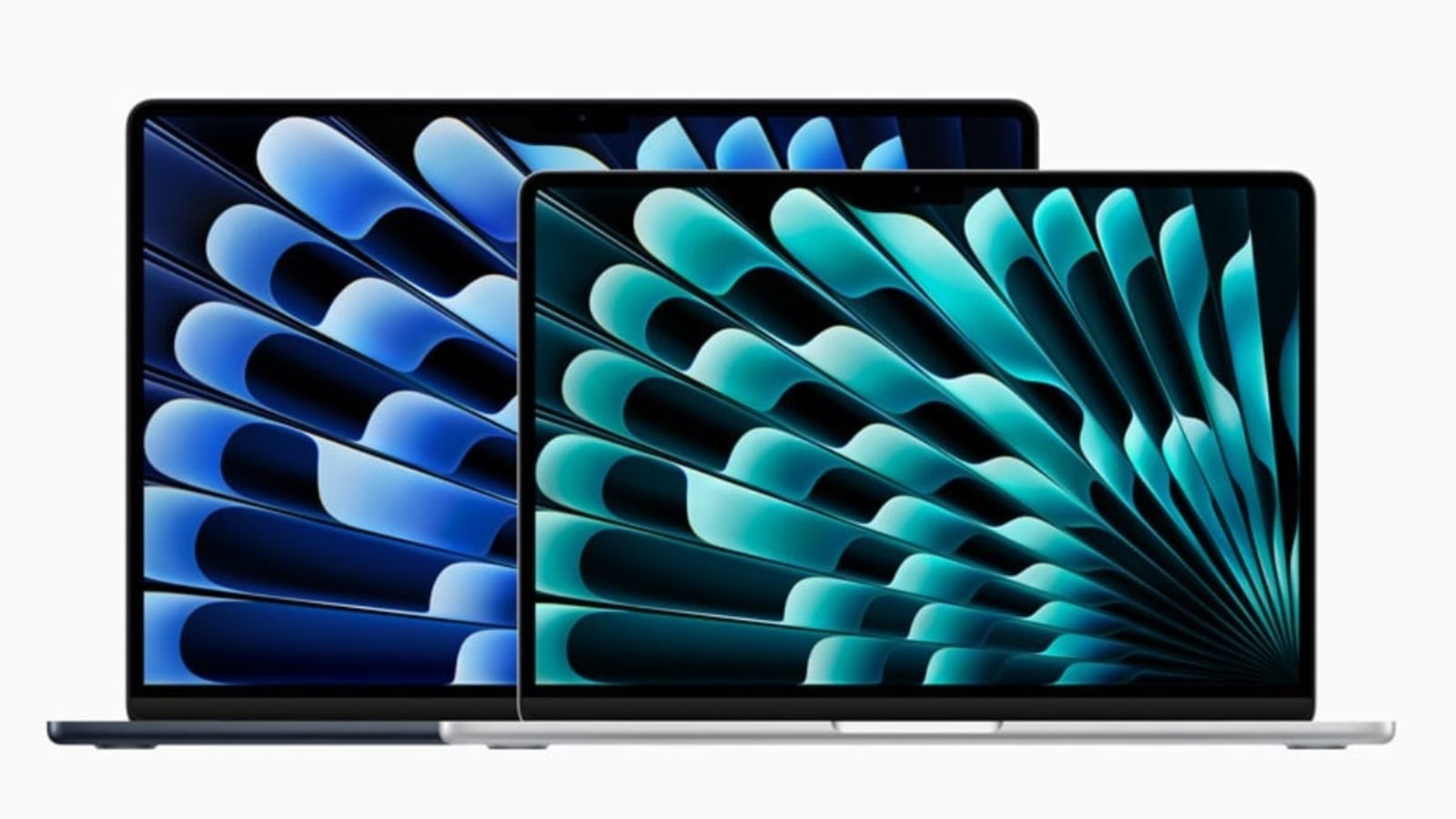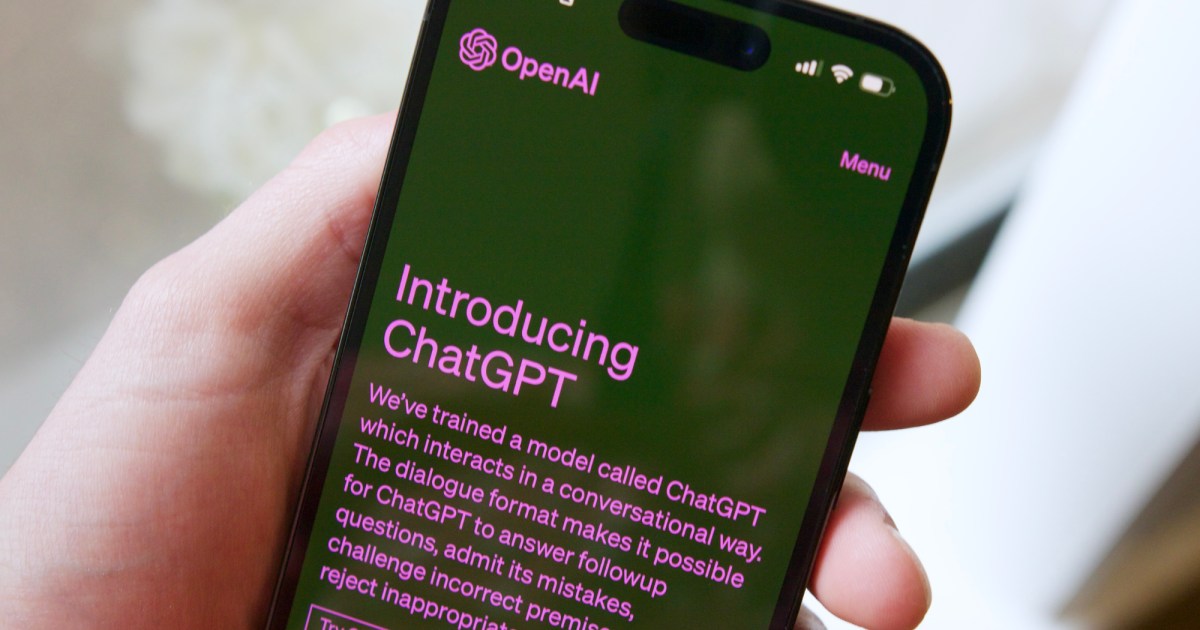Flagship smartphones often set the tone for what’s next in the market. Take iPhones—they introduced the notch, then removed it, and now have the Dynamic Island, which brands like Xiaomi and OnePlus adopted later. Curved displays, once limited to flagship models, are now common in mid-range phones. And fast charging is everywhere.
Usually, a few major brands start a trend, and soon, others follow to stay relevant. This year, flagship phones are showing off some exciting new features. Let’s explore the top emerging trends in flagship smartphones for 2024 and 2025.
1. Snapdragon 8 Elite and Dimensity 9400 Are Here

The Snapdragon 8 Elite is the hot new chipset for flagship phones arriving in late 2024 and early 2025. Qualcomm has implemented major changes this time, including new Oryon cores, a maximum clock speed of 4.32GHz (the highest on a phone), 40% improvements in both performance and efficiency and new connectivity features like Bluetooth 6.0.
While brands competed to be the first to debut the chip, the Xiaomi 15 series became the first to officially launch with the Snapdragon 8 Elite, followed by other phones like the iQOO 13 and OnePlus 13. The Realme GT 7 Pro will be the first phone in India to feature the Elite chip.
Similarly, MediaTek’s latest Dimensity 9400 is not far behind. While the Snapdragon 8 Elite leads in multi-core performance and the A18 Pro takes the crown for single-core, the Dimensity 9400 offers a good middle ground. Vivo is using the Dimensity 9400 in its Vivo X200 series, and so is Oppo with its Find X8 Pro.
The Snapdragon 8 Elite and Dimensity 9400 are the chipsets to watch in flagship phones for the coming months. Expect to see them on many more devices.
2. Flat Displays Are Making a Comeback

While Samsung first introduced curved screens as early as 2014, it wasn’t until 2017-19 that they made them popular inexpensive phones. This cool design quickly became something you’d only find on top-of-the-line models and other brands like Huawei, Xiaomi, OnePlus, Vivo, Oppo, and LG started adding curved displays into their high-end offerings.
Over time, even more affordable phones adopted curved displays. Now you can find tons of phones with curved screens for under $230 (₹20,000). But things are changing again for the really expensive phones. Apple always stuck with flat screens, and now Samsung, who started the whole curved screen trend, has returned to a flat screen on their Galaxy S24 Ultra.
This year, OnePlus, a brand that has long offered curved designs, switched to a flat glass sandwich design with its OnePlus 13. Similarly, the Oppo Find X8 lineup and Vivo X200 series have also adopted flat displays. It appears the upcoming Galaxy S25 series will follow suit.
Historically, these brands have been known for flagship phones with curved displays, but that has changed, and flat is the new trend.
3. AI Is Now a Must-Have in Flagships

While ChatGPT and Gemini (which used to be called Bard) made AI popular among the masses in 2023, it was really Google and Samsung that showed us how cool AI can be on phones. Google gave us the Magic Eraser and Magic Editor in Google Photos, and Samsung came out with a whole bunch of Galaxy AI features.
This made Apple create their own AI, called Apple Intelligence, because in 2024 if your phone doesn’t have AI, it can’t do a lot of the things that other phones can do easily. So all the flagship phones this year and the next will have AI.
OnePlus added several AI features to their newest OxygenOS 15. This includes things like making blurry pictures clear, writing replies for you, making pictures look better, and getting rid of reflections. Vivo also has new AI features in their Funtouch OS 15, like making your enhancing picture quality, erasing objects, and even extending pictures.
These AI features will get even better over time, and phone brands will keep adding more AI stuff. They’ll even use AI to make the features you already have work better.
4. Silicon-Carbon Batteries Are Changing the Game

Smartphones have relied on the same lithium-ion batteries for over two decades, and everyone has been eager for an upgrade. While we anticipated brands switching to graphene batteries, it appears silicon-carbon batteries are leading the charge. But don’t worry, it’s not a completely different technology.
Silicon-carbon batteries are essentially lithium-ion batteries that use silicon and carbon in their anode. You can also call them “silicon anode” batteries.
Unlike typical lithium-ion batteries, these have a higher energy density, allowing them to store more power in the same space (packing more mAh into smaller batteries). This is why the OnePlus 13 is lighter, slimmer, and more compact than the OnePlus 12, despite featuring a larger 6,000mAh battery—it uses silicon-carbon technology.
Several recently unveiled phones, including the Honor Magic 6 Pro and V2, Redmi Note 14 Pro+, Vivo V40, X100, and X200 series, the Oppo Find X8 lineup, and the Realme GT 7 Pro, are all utilizing silicon-carbon battery technology.
5. Telephoto Zoom Is Now a Standard Feature

In the past, brands had to choose between adding a telephoto camera or an ultra-wide-angle lens. Some included both for convenience, but now, almost every brand has recognized the importance of telephoto zoom capabilities on their smartphones.
All recently unveiled flagship phones have impressive zoom lenses. The OnePlus 13 has a 50MP telephoto camera with 3.3x optical zoom. The Vivo X200 Pro boasts a 200MP telephoto camera with 3.7x optical zoom. On the other hand, the Oppo Find X8 Pro features a 50MP periscope telephoto lens with an impressive 6x optical zoom
All Google flagships released this year, the entire Pixel 9 Pro lineup, have a 5x telephoto camera with an added Super Res Zoom feature for even greater zoom capabilities. And let’s not forget Samsung, known for the 100x “Space Zoom” on its Galaxy S23 Ultra and S24 Ultra devices.
6. IP69 Rating Is the New Gimmick

Smartphones have featured IP67 and IP68 ratings for water and dust resistance for years. While these standards have held steady, some devices have pushed the boundaries with Military Grade ratings for added durability, while others showcase the latest Corning Gorilla Glass Victus 1 and 2 for extra screen protection.
This focus on durability has been a priority for manufacturers. But now, a new trend is emerging: IP69 certification, which offers even higher protection than the more common IP68. The Oppo F27 Pro+ was among the first smartphones in India to feature an IP69 rating, providing the highest level of ingress protection and resistance available on a phone.
IP69 is a high standard of protection against water and dust. Devices with this rating can withstand powerful jets of water, even at high temperatures. This makes them suitable for harsh conditions like industrial cleaning but the average smartphone user won’t need this level of protection.
Nonetheless, other brands are following suit, like the OnePlus 13, Vivo X200 series, Honor Magic 7 Pro, and Xiaomi 15 Ultra. Even the upcoming Samsung Galaxy S25 series is rumored to carry this enhanced IP69 rating. This shift suggests that IP69 certification could soon become a standard feature in flagship smartphones.
7. Fast Wireless Charging Getting Actually Fast

Wireless charging was once limited to flagships and even then was often overlooked. While most phones offered speedy 30-50W fast wired charging speeds, wireless barely reached 7.5W or 15W. This time, things seem to be changing.
Apple has enhanced iPhone 16 wireless charging speeds to 25W via the new MagSafe charger, up from 15W in previous models. Meanwhile, OnePlus 13, Xiaomi 15 and 15 Pro, and Oppo Find X8 and X8 Pro all support 50W of wireless charging. The Vivo X200 Pro, while still fast, maxes out at 30W.
The Honor Magic 6 Pro boasts an incredible 66W wireless charging speed, achieving a full charge in just about 40 minutes. So yes, many flagship brands are now embracing fast wireless charging capabilities.
Ritik Singh
With over 7 years of experience in tech, Ritik currently heads content at Techwiser.com. His journey began by sharing his knowledge and helping other people in online communities. This passion led him to a career in tech journalism, fueled by a formal education in Electronic Media. He then went on to roles at GadgetsToUse and PC-Tablet, where he honed his skills as an editor. He's also contributed to popular publications like HowToGeek and TheWindowsClub. With a portfolio of over 2,000 how-tos, reviews, and in-depth guides, Ritik has helped millions of readers navigate their tech, from smartphones to smart homes.



















 English (US) ·
English (US) ·